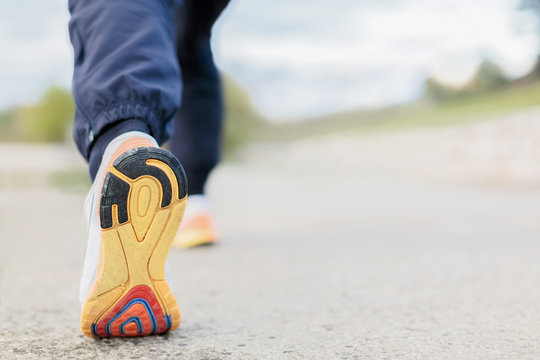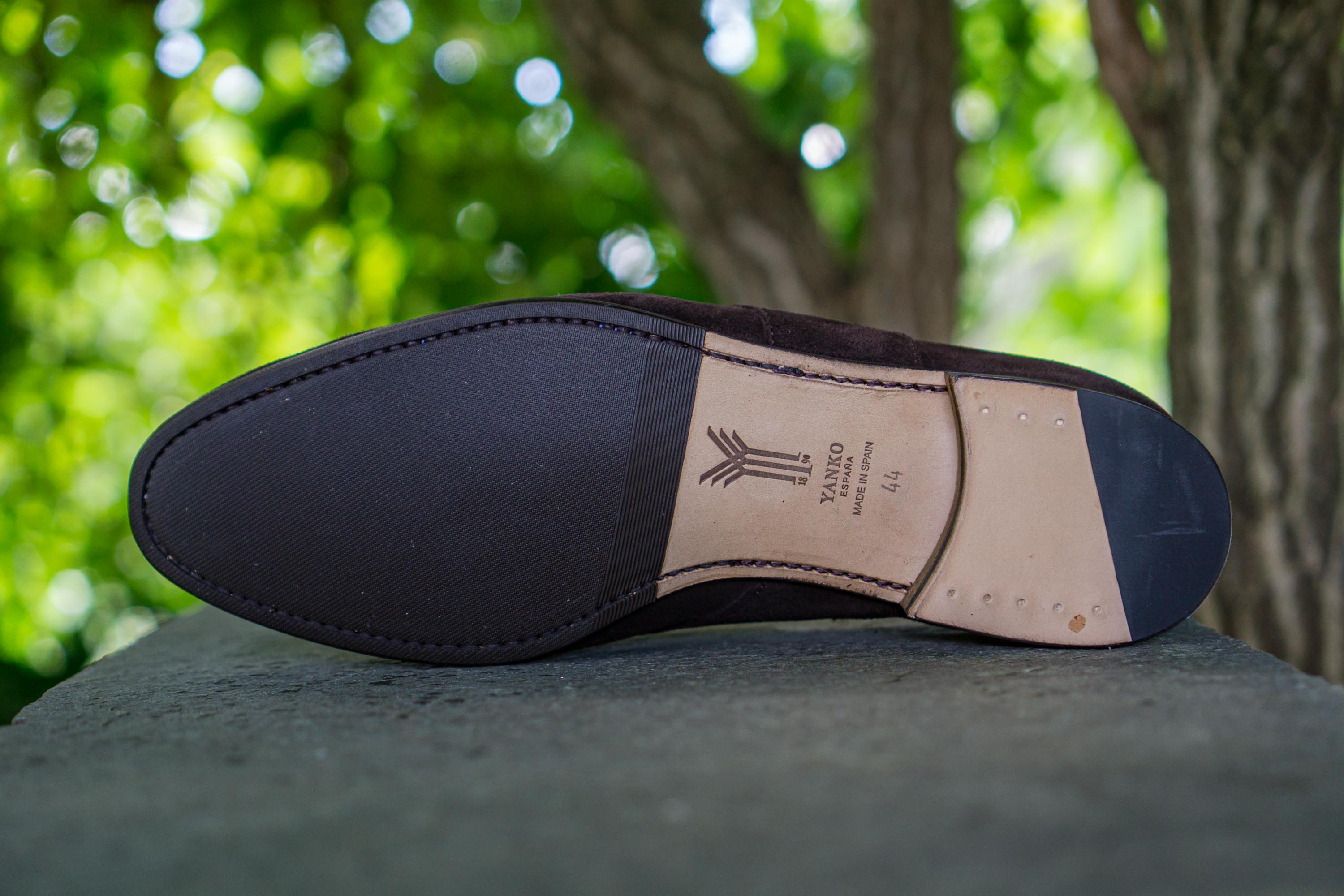Have you ever wondered what makes your shoes comfortable, durable, and functional? What is the difference between a basketball shoe and a golf shoe? How do shoe manufacturers design and produce different types of shoes for different purposes? The answer lies in the sole of the shoe, which is the bottom part of the shoe that comes in direct contact with the ground or base. The sole of a shoe is the most important part of a shoe because it determines the comfort, durability, and performance of the shoe. In this article, we will explore what are the soles of the shoes and what are the soles of different shoes like basketball, volleyball, tennis, and golf shoes are made up of. In this in-depth written guide, I will thoroughly discuss what are the soles of shoes made of. And how the soles of different shoes differ from each other.

What Are the Soles of Shoes Made of? A Complete Guide
The sole of a shoe is usually composed of several layers, each with a specific function and material. The main layers of a shoe sole are:
Main Layers of Shoes
1. The Outsole
The outsole, which is the exposed part of the sole that is in contact with the ground. It provides traction, cushioning, and protection for the foot. The outsole can be made from various materials, such as rubber, leather, polyurethane, or PVC compounds. The material used depends on the style and purpose of the shoe. For example, rubber outsoles are flexible and durable, suitable for casual and athletic shoes. Leather outsoles are elegant and breathable, suitable for formal and dress shoes. Polyurethane outsoles are lightweight and shock-absorbing, suitable for running and walking shoes. PVC outsoles are cheap and water-resistant, suitable for rain boots and sandals.
2. The Midsole
The midsole, which is the layer between the outsole and the upper part of the shoe. It is responsible for cushioning, stability, and support for the foot. The midsole can be made from various materials, such as foam, gel, air, or plastic. The material used depends on the level of cushioning and support needed for the shoe. For example, foam midsoles are soft and comfortable, suitable for most types of shoes. Gel midsoles are firmer and more responsive, suitable for high-impact activities like running and jumping. Air midsoles are lightweight and flexible, suitable for low-impact activities like walking and jogging. Plastic midsoles are rigid and supportive, suitable for stability and motion control shoes.
3. The Insole
The insole is the layer that lays directly under the foot inside the shoe. It provides comfort, fit, and hygiene for the foot. The insole can be made from various materials, such as fabric, leather, foam, or gel. The material used depends on the preference and needs of the wearer. For example, fabric insoles are breathable and washable, suitable for everyday wear. Leather insoles are durable and mold to the shape of the foot, suitable for formal and dress shoes. Foam insoles are soft and cushioning, suitable for comfort and shock absorption. Gel insoles are cool and soothing, suitable for relieving foot pain and pressure.

Types of Soles for Different Shoes
Different types of shoes have different types of soles depending on their intended use and function. Some examples are:
- Basketball shoes have thick rubber outsoles with deep grooves or patterns to provide traction on indoor courts. They also have foam or air midsoles to provide cushioning and shock absorption for jumping and landing. They may also have plastic midsoles or plates to provide stability and support for lateral movements.
- Volleyball shoes have thin rubber outsoles with shallow grooves or patterns to provide traction on indoor courts. They also have gel or foam midsoles to provide cushioning and responsiveness for quick movements. They may also have plastic midsoles or plates to provide stability and support for lateral movements.
- Tennis shoes have durable rubber outsoles with herringbone or chevron patterns to provide traction on different court surfaces. They also have foam or gel midsoles to provide cushioning and shock absorption for running and stopping. They may also have plastic midsoles or plates to provide stability and support for lateral movements.
- Golf shoes have spiked or cleated rubber outsoles to provide traction on grassy terrain. They also have leather or foam midsoles to provide comfort and support for walking long distances. They may also have plastic midsoles or plates to provide stability and support for swinging.
The sole of a shoe is more than just a piece of material that covers the bottom of your foot. It is a complex structure that affects how you walk, run, jump, or swing on the road or the courts. That is why, you must always make sure to choose shoes that best fit the need.
Last Say
Lastly, the sole of a shoe is a vital part of the shoe that determines its comfort, durability, and performance. The sole of a shoe consists of several layers, such as the outsole, the midsole, and the insole, each with a specific function and material. Different types of shoes have different types of soles depending on their intended use and function. By understanding the anatomy of the shoe sole, you can choose the right shoe for your needs and preferences. Whether you are looking for shoes for sports, leisure, or work, you can find the perfect pair with the perfect sole.



No comment yet, add your voice below!